If you’re wondering what Papyrus Font is and why it sparks both admiration and mockery, you’re not alone. Papyrus is one of the most recognized and talked-about fonts in graphic design history. Known for its distinct, aged appearance, this typeface has become iconic and, in many circles, infamous. Whether you’re a designer, a student, or just curious about why this font seems to show up everywhere, this article provides a comprehensive look at everything Papyrus Font.
What Is Papyrus Font?
Origin and Creator
Papyrus Font was created by graphic designer Chris Costello in 1982. Interestingly, he designed it using a calligraphy pen on textured paper to give it a hand-drawn, organic feel. Costello wanted the font to resemble ancient writing, akin to what might be seen on Egyptian papyrus scrolls.
Characteristics
Papyrus is a sans-serif typeface with rough edges and high horizontal strokes. It has a rustic and slightly mystical feel. These qualities make it stand out immediately, though not always in a good way.
- Hand-crafted look
- Organic texture
- High readability
- Ancient aesthetic appeal
The Rise of Papyrus Font
Early Adoption
Papyrus gained popularity quickly in the late 1980s and early 1990s. Its exotic look made it a favorite for spiritual books, wellness centers, and handmade crafts. Unlike many fonts at the time, it came pre-installed on many computers, which boosted its visibility.
Mainstream Exposure
The tipping point came when the blockbuster movie Avatar used Papyrus Font in its logo and marketing. Despite the film’s futuristic theme, the font’s use was widely criticized for being out of place. This moment solidified Papyrus as a cultural meme.
Why Papyrus Font Is Controversial
Overuse and Misuse
The main reason Papyrus is often mocked is because of its overuse and misuse. It has been used on:
- Restaurant menus (especially Middle Eastern or Mediterranean)
- Church flyers
- Spa brochures
- Wedding invitations
Many designers argue that the font is too stylized to be versatile, leading to visual inconsistency and poor design quality.
Pop Culture Backlash
Perhaps the most notable public critique came from a Saturday Night Live (SNL) skit featuring Ryan Gosling, where his character obsessively rants about Papyrus being used for Avatar. The sketch went viral and cemented the font’s reputation in pop culture.
Where Papyrus Font Works Well
Despite its reputation, Papyrus isn’t all bad. Used thoughtfully, it can evoke a specific mood and aesthetic.
Niche Applications
- Fantasy Novels: Covers and chapter headings
- Historical or Ancient Themes: Museum brochures, educational posters
- Cultural Branding: Businesses focusing on handmade, organic, or ancient products
Design Tips for Using Papyrus
- Use Sparingly: Don’t use Papyrus for body text or large sections.
- Pair With a Clean Font: Balance its texture with a clean sans-serif like Helvetica.
- Limit Effects: Avoid additional stylization like drop shadows or bevels.
Papyrus Font Alternatives
If you like the feel of Papyrus but want something less controversial, consider these alternatives:
1. Trajan Pro
A classical Roman-inspired font often used in film posters.
2. Garamond
Elegant and old-world without being overbearing.
3. Parchment
Has a similar ancient vibe but less visual baggage.
4. Cinzel
Inspired by classical inscriptions, it offers sophistication and style.
Papyrus in the Digital Age
Still Pre-Installed
Papyrus continues to be included in most operating systems, making it easy to access for anyone with a computer.
Used in Memes and Jokes
Design communities often use it sarcastically to highlight poor design choices, making it a teaching example in typography courses.
Evolving Perception
Interestingly, some modern designers are reclaiming Papyrus in a form of ironic or nostalgic usage, blending it into vintage or retro designs with purpose.
Technical Specs of Papyrus Font
| Feature | Detail |
|---|---|
| Typeface Style | Sans-serif |
| Designer | Chris Costello |
| Release Year | 1982 |
| License | Commercial use (often pre-installed) |
| Included in OS | Yes (Windows, macOS) |
How to Download and Use Papyrus Font
Pre-installed Option
If you use a Windows or macOS computer, chances are you already have Papyrus installed.
From Font Libraries
If not, it is available from reputable font sources like:
- Adobe Fonts
- Microsoft Typography
- MyFonts
Licensing
Make sure to check the licensing terms before using it commercially. While often included in operating systems, specific usage rights may vary depending on the platform.
Final Thoughts: Should You Use Papyrus Font?
Papyrus Font is unique, no doubt. It has a distinct look that can be incredibly effective when used in the right context. However, its notoriety also means designers should use it with caution and intentionality. If you want to evoke a sense of ancient mystery or organic craftsmanship, Papyrus might just be the right fit. But remember: the best font choice depends on your audience, message, and medium.
FAQ About Papyrus Font
Is Papyrus Font free to use?
If it comes pre-installed on your device, you can use it for personal projects. For commercial use, check the licensing terms.
Why is Papyrus Font so disliked?
Mostly due to its overuse and poor placement in various designs, particularly high-profile ones like Avatar.
Who created Papyrus Font?
Chris Costello, in 1982. He designed it by hand to resemble ancient scripts.
Can I use Papyrus Font for branding?
You can, but it’s risky. Consider if the font aligns with your brand’s tone and values. For a handmade or historic feel, it might work.
What fonts are similar to Papyrus?
Some good alternatives include Trajan Pro, Parchment, Cinzel, and Garamond.
Is Papyrus a serif or sans-serif font?
Papyrus is considered a sans-serif font, though it has a decorative, textured appearance.
Where is Papyrus Font most appropriately used?
In contexts that aim to evoke an ancient, organic, or artisanal feel—such as fantasy literature, natural product branding, or cultural displays.

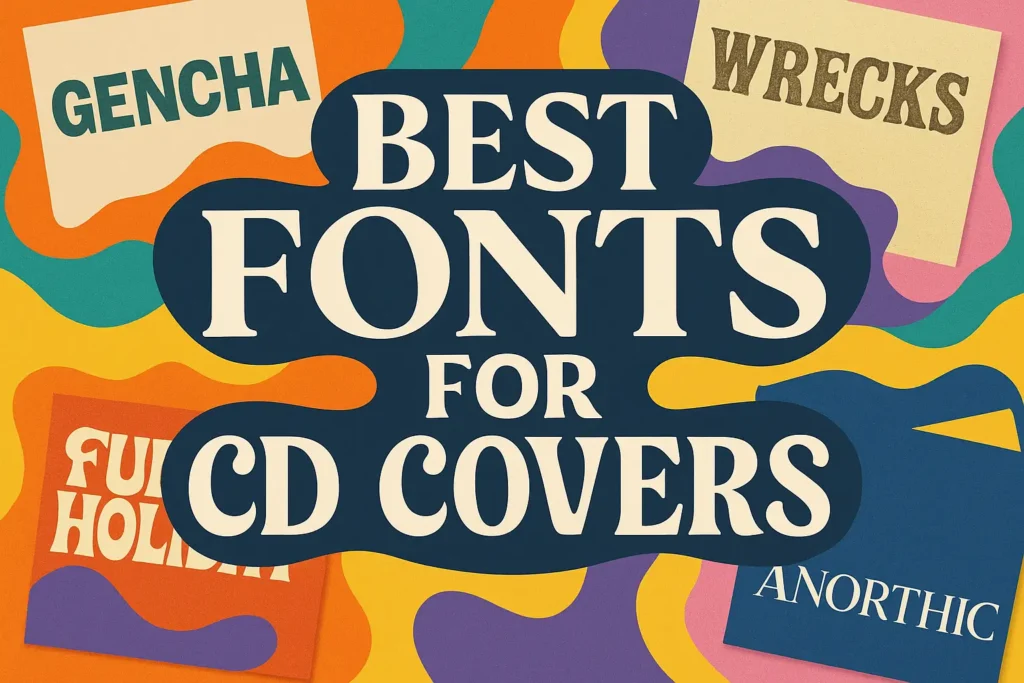
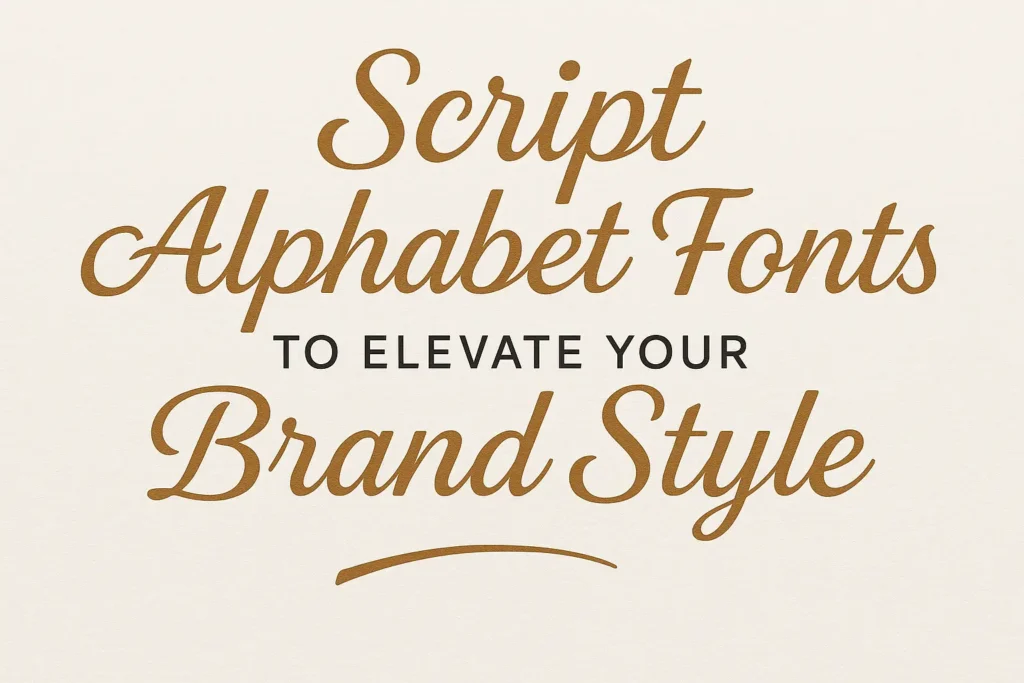
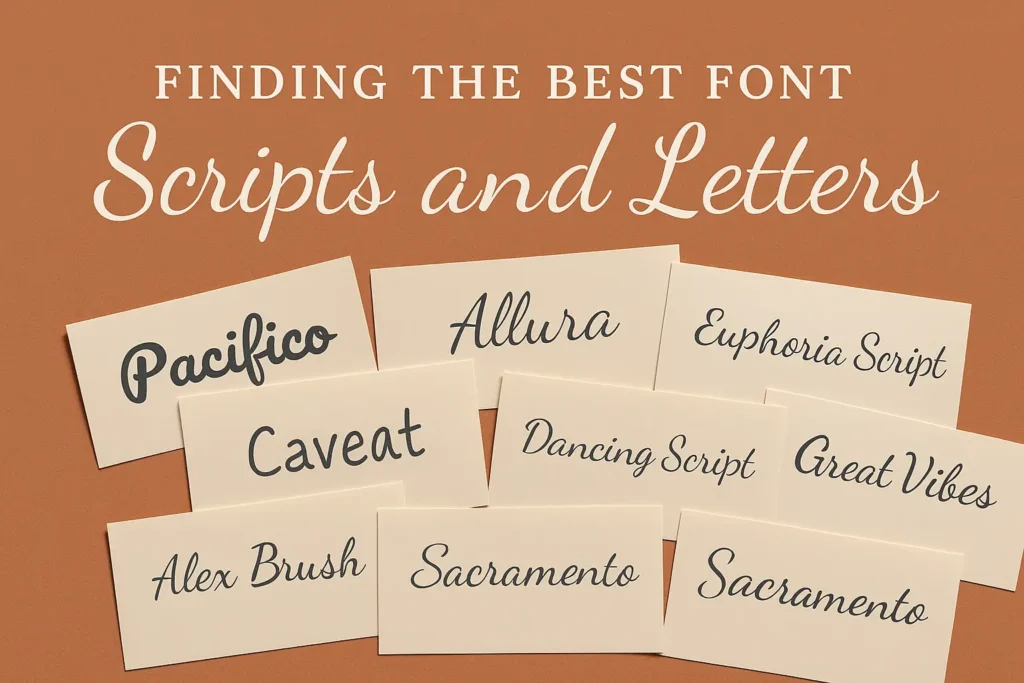
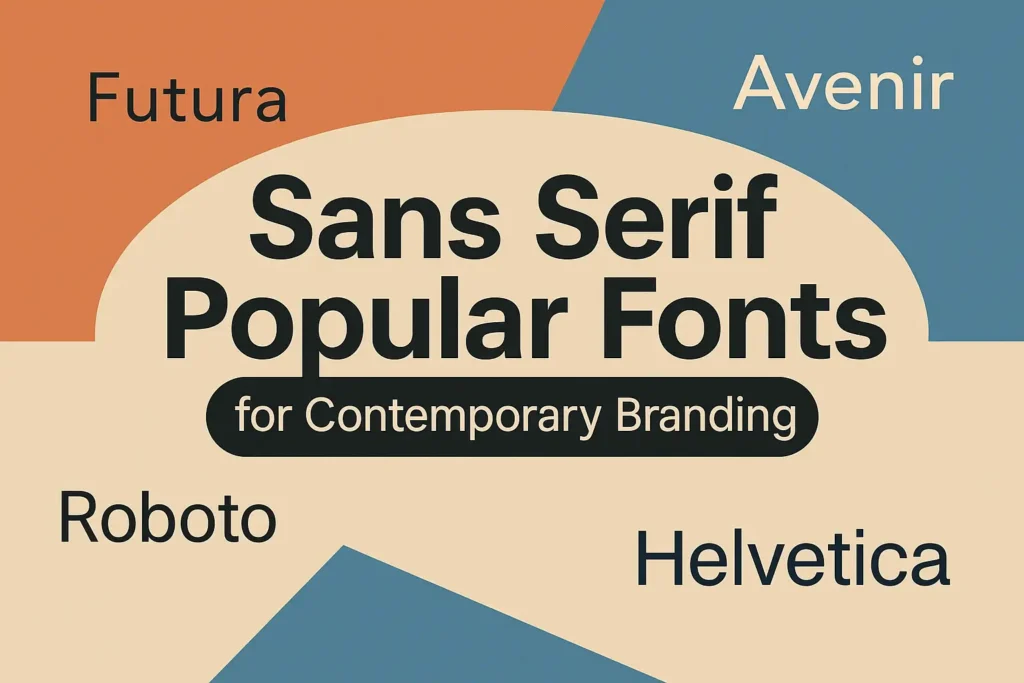
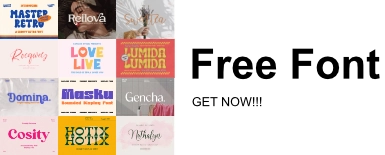



Leave a Comment